Gold nugget pleco - Baryancistrus sp. L85
Scientific name: Baryancistrus sp. L85
Common name: Gold nugget pleco
Family: Loricariidae
Usual size in fish tanks: 20 - 35 cm (7.87 - 13.78 inch)
014
Recommended pH range: 6.5 - 7.5
Recommended water hardness: 8 - 18°N (142.86 - 321.43ppm)
0°C 32°F30°C 86°F
Recommended temperature range: 25 - 30 °C (77 - 86°F)
The way how these fish reproduce: Spawning
Where the species comes from: South America
Temperament to its own species: peaceful
Temperament toward other fish species: peaceful
Usual place in the tank: Bottom levels
Origin
The Gold Nugget Pleco (Baryancistrus sp. L85) originates from the fast-flowing, oxygen-rich waters of the Rio Xingu in Brazil, South America. This river is part of the Amazon basin and is characterized by its rapids and rocky substrate, providing a natural habitat full of hiding spots and areas with strong currents. These plecos are well-adapted to life in turbulent waters, which is essential to mimic in captivity to ensure their well-being.
Short Description
Gold Nugget Plecos belong to the Loricariidae family, the largest family of catfish, known for their armored bodies and sucker mouths. These fish are prized for their striking appearance, with a dark body covered in bright yellow spots and yellow-striped fins that make them stand out in any aquarium. Adult Gold Nugget Plecos typically reach a length of around 6 inches (15 cm), making them suitable for medium-sized aquariums. Although once rare in the aquarium trade, they are now more commonly available but still command higher prices compared to other plecos due to their unique coloration and specific care requirements.
Gold Nugget Plecos are not considered hardy fish and require optimal water conditions to thrive, making them more suitable for experienced aquarists. These fish are sensitive to changes in water parameters, so it's essential to ensure the aquarium is well-maintained and stable. When purchasing a Gold Nugget Pleco, it's crucial to check for signs of good health, such as an active appetite and a well-rounded body. A sunken belly can indicate poor nutrition or illness.
Lifespan
With proper care, Gold Nugget Plecos can live for up to 25 years, making them a long-term commitment for aquarists. Their longevity depends on maintaining high water quality, a balanced diet, and a suitable habitat that mimics their natural environment.
General Care
The minimum tank size for a Gold Nugget Pleco is around 50 gallons (190 liters), with dimensions of at least 4 feet (120 cm) in length and 18 inches (45 cm) in depth. Since they are sensitive to poor water quality, it’s important to only introduce them into a fully cycled and mature aquarium with stable water parameters. Acclimatization should be done slowly to reduce stress.
Gold Nugget Plecos require a strong water flow to replicate the fast-moving rivers of their natural habitat. You can achieve this by carefully positioning filter outlets or using small powerheads to increase water movement. Increased flow will help oxygenate the water, which is crucial for these plecos. The ideal water temperature ranges from 25-30°C (77-86°F), with a pH between 6.5 and 7.5. Regular water changes of at least 30% weekly are recommended to maintain high water quality.
Gold Nugget Plecos are territorial, especially toward other bottom-dwelling species. It’s best to keep only one individual unless you have a very large tank that provides enough floor space for multiple plecos to establish their own territories. They generally tolerate tank mates that occupy the upper levels of the aquarium, but overcrowding can lead to stress and aggression.
Feeding
While Gold Nugget Plecos are known for consuming algae, the natural algae production in a typical home aquarium is insufficient to meet their nutritional needs. Supplement their diet with high-quality sinking catfish pellets, which provide the necessary nutrients. For variety, offer fresh vegetables such as zucchini or blanched peas. These can be attached to the substrate or decorations to encourage foraging behavior.
Occasionally, you can provide protein-rich treats like chopped mussels or cockles, but these should be given sparingly as too much protein can cause digestive issues. It’s best to feed them just before the aquarium lights are turned off, as they are primarily nocturnal and more active during the evening and night hours.
Sexing
Sexing Gold Nugget Plecos can be challenging, especially when they are young. As they mature, subtle differences become more apparent. Males tend to have a flatter, more angular head shape, while females are typically rounder, especially when they are gravid (carrying eggs). Comparing several individuals side by side is the most effective way to differentiate the sexes.
Breeding
Reports of Gold Nugget Plecos successfully breeding in home aquariums are rare. In their natural habitat, they are cave spawners, often choosing caves along riverbanks just below the waterline. To encourage breeding, replicating this cave environment in an aquarium is crucial, but even under optimal conditions, breeding success is not guaranteed. If spawning occurs, the male usually guards the eggs until they hatch, providing a higher chance of fry survival.
Additional Information
Special thanks to Jeff Catalina for the use of his photographs.
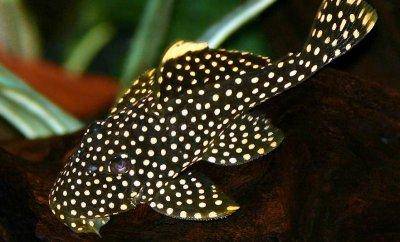

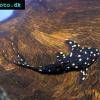 Adonis
Adonis  Lyre
Lyre 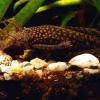 Bristlenose
Bristlenose 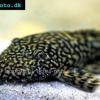 Gold
Gold  Bushymouth
Bushymouth  Spotted
Spotted  Medusa
Medusa  Bristlenose
Bristlenose 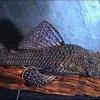 Starlight
Starlight 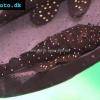 Spotted
Spotted  Catfish
Catfish  Bushynose
Bushynose 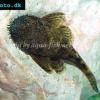 Bristlenose
Bristlenose  Green
Green 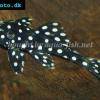 LDA-33
LDA-33 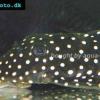 Snowflake
Snowflake 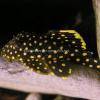 Gold
Gold  Bulldog
Bulldog  Dasyloricaria
Dasyloricaria 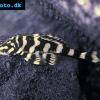 Butterfly
Butterfly 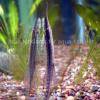 Whiptail
Whiptail 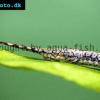 Amazon
Amazon  Twig
Twig 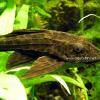 Spotted
Spotted 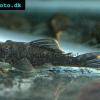 Spotted
Spotted 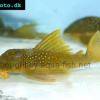 Lemon
Lemon 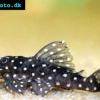 Pleco
Pleco 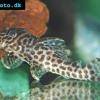 Peruvian
Peruvian 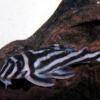 Zebra
Zebra 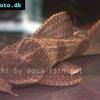 Pleco
Pleco  Hypostomus
Hypostomus 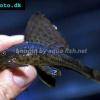 Pleco
Pleco 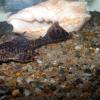 Suckermouth
Suckermouth  Spotted
Spotted  Woodeating
Woodeating  Golden
Golden  Sultan
Sultan 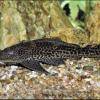 Multiradiatus
Multiradiatus  Marbled
Marbled 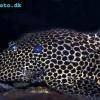 Pleco
Pleco 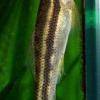 Dwarf
Dwarf 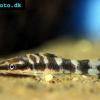 Dwarf
Dwarf 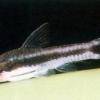 Dwarf
Dwarf  Oxyropsis
Oxyropsis 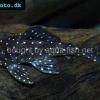 Orange
Orange 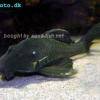 Blue
Blue 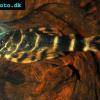 Clown
Clown 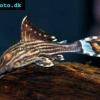 Royal
Royal 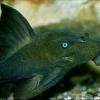 Blue
Blue 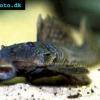 Rubber
Rubber  Goby
Goby 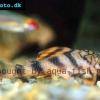 Wormline
Wormline  Para
Para  Tiger
Tiger 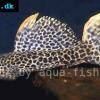 Leopard
Leopard 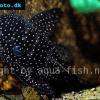 Spiny
Spiny 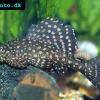 Marbled
Marbled 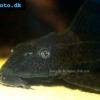 Amazon
Amazon  Common
Common 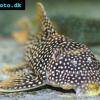 Sunshine
Sunshine  Golden
Golden